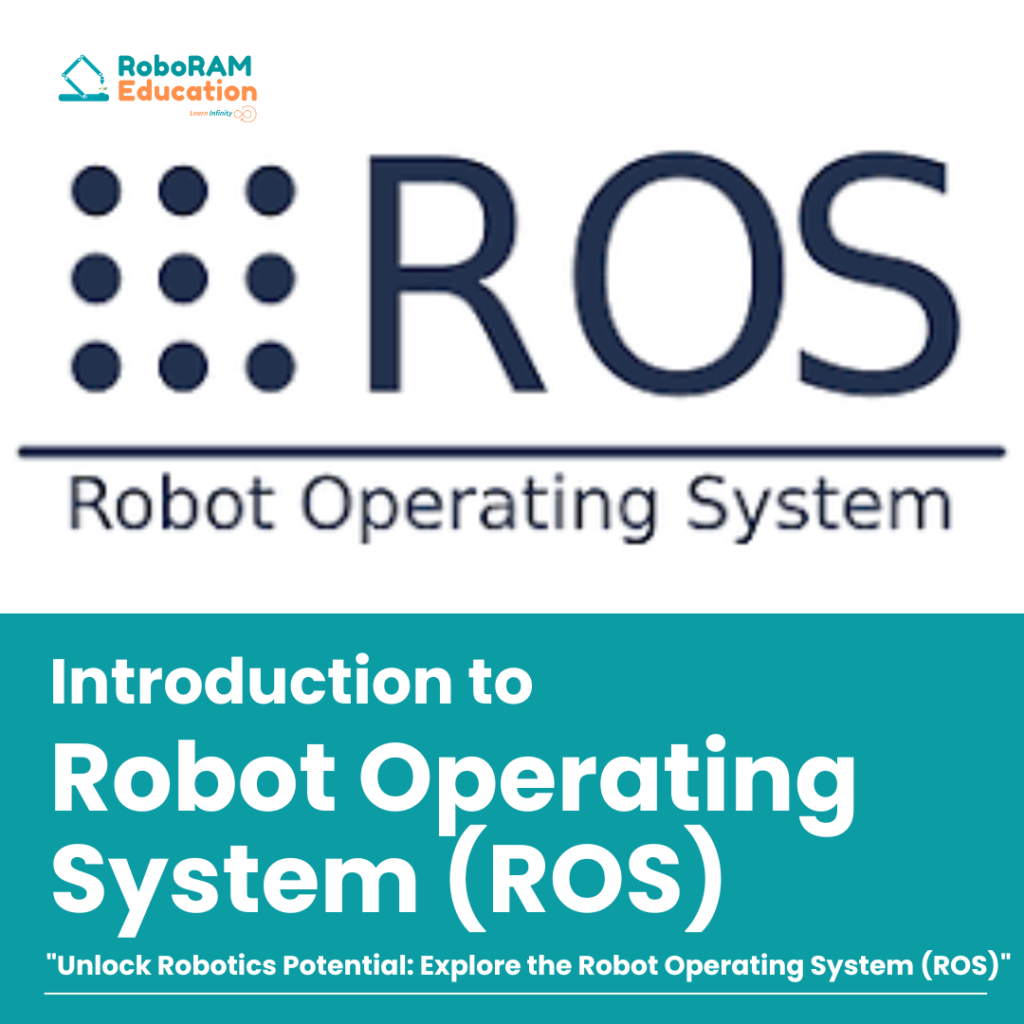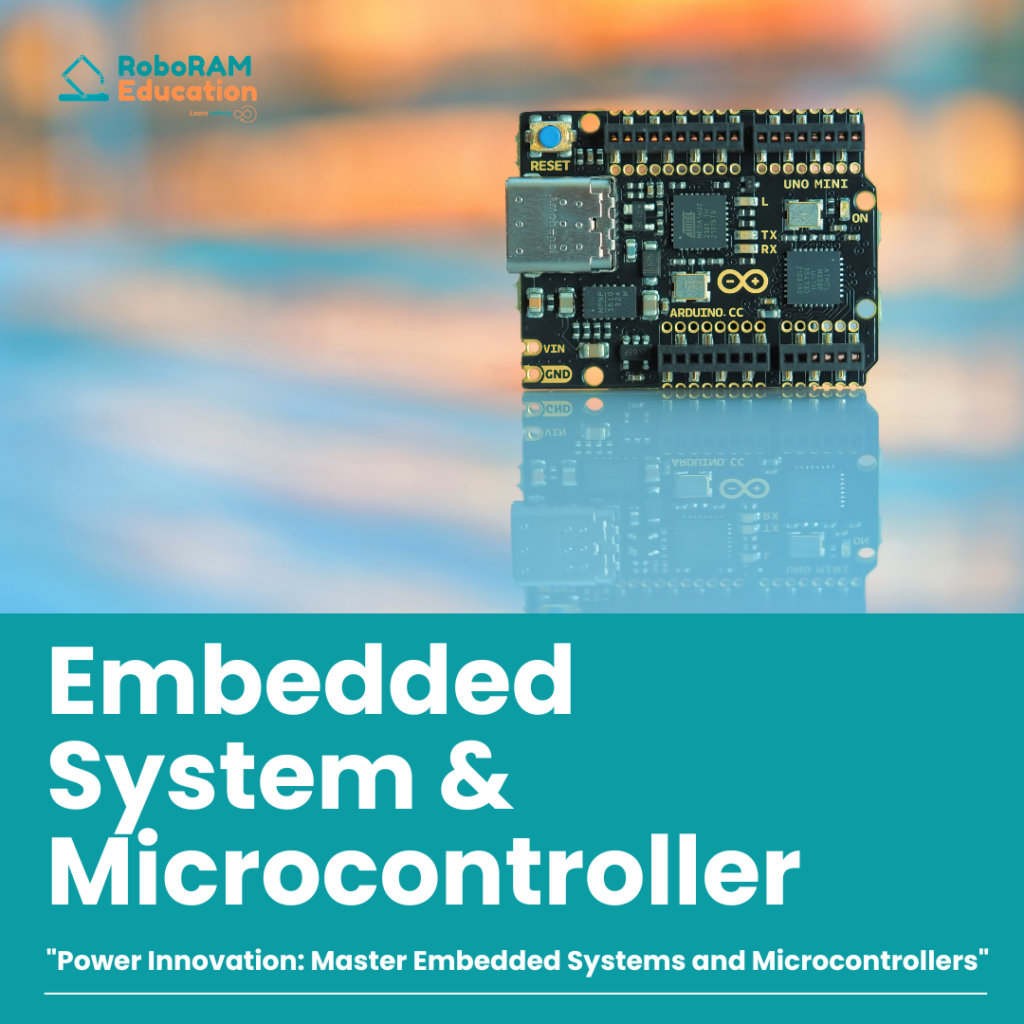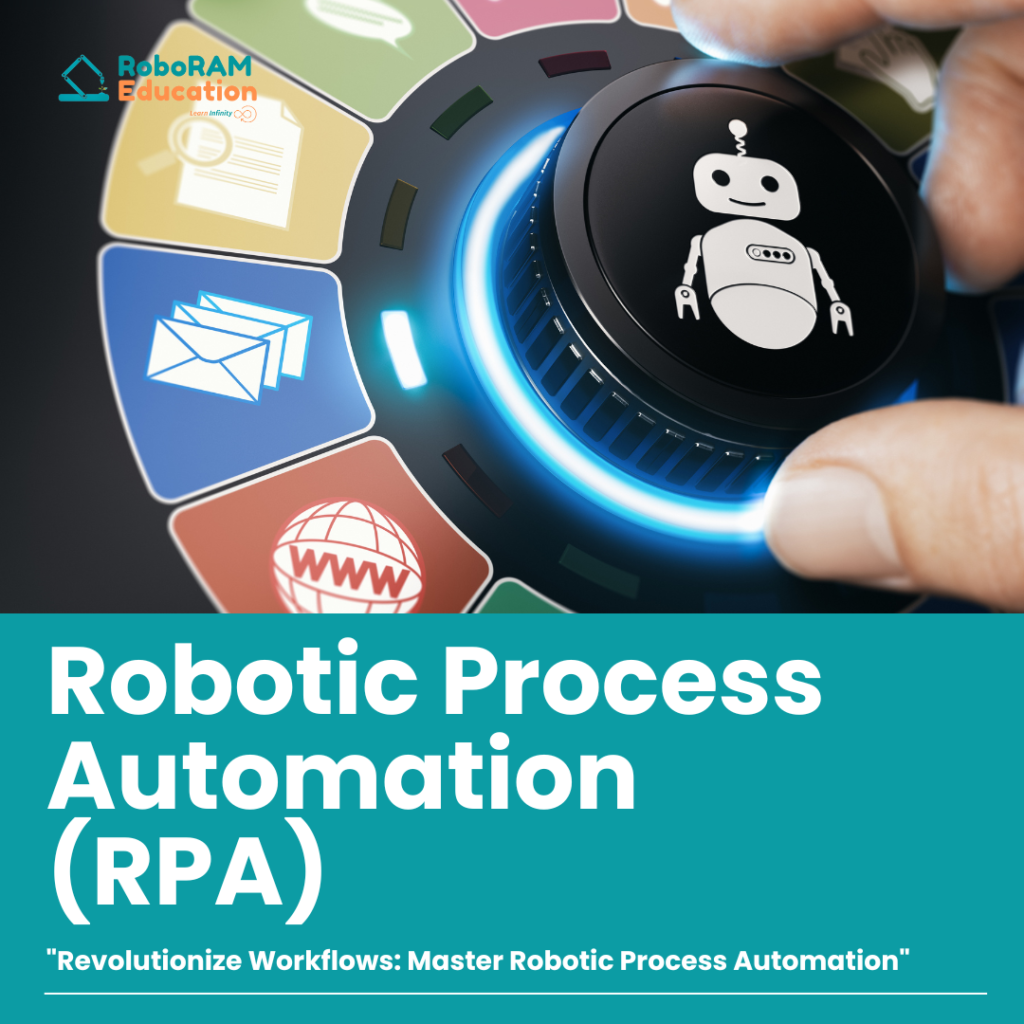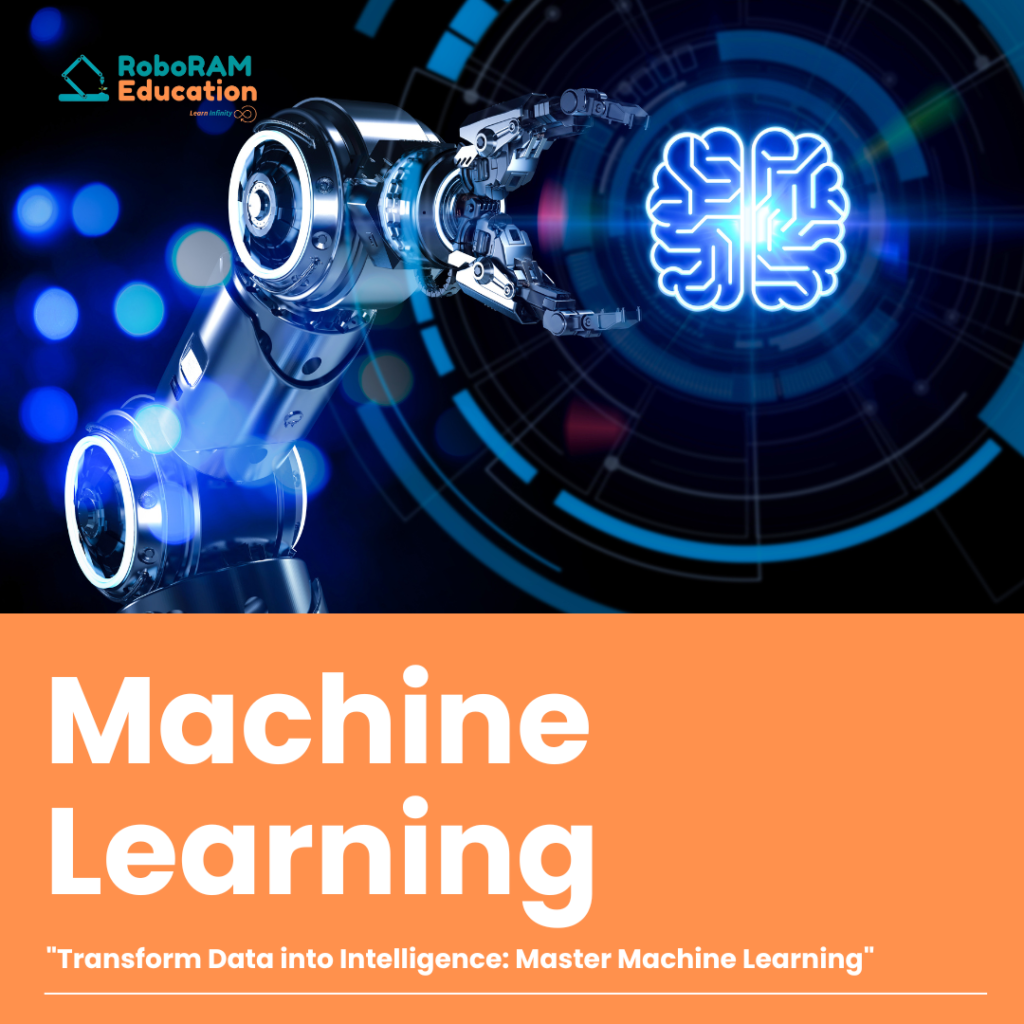Currently Empty: ₹0.00
Features
- Beginner Friendly
- Learn and Work from home at any time and place (Self-paced program)
- High Quality Training Materials and Video Tutorials (Online Mode with 1 year material access)
- Project development skill
- Gain excellent technical expertise (Electronics Device Integration Knowledge, Programming Skills) (Working, Circuit Connection, Compilation and Simulation)
- Training Completion Certificate
- E-Booklet
- 40% Scholarship for Students
Target audiences
- Under graduation and post-graduation (from engineering background), as well as engineers in the industry, will benefit greatly from this course.
- This training would benefit participants in instrumentation, mechatronics, electrical, and electronics background.
24RRE003 – Industrial Automation & its ElementsDuration: 36 Hour 20 MinutesLecture Duration: 7 Hour 15 Minutes | Practising Duration: 29 Hour 5 MinutesDiscover the foundations for a Career in Industrial Automation. Get hands-on experience programming a PLC to address a lot of industry requirements.Prior understanding of Industrial AutomationEvery person’s life is being influenced by automation. Automation is essential for a healthy economic growth. It reduces production time while maintaining excellent accuracy. Every industry has its own set of automation for process optimization.Simply put, industrial automation is a technology that employs advanced machineries and technologies to carry out a variety of manufacturing processes.Course OverviewThis course will cover everything from computer integrated manufacturing principles to industrial plc programming for a spectrum of applications. This program will take a total of 36 Hours for learning, practicing the quizzes and programming.Why Industrial Automation?Be a part: Automation is essential for a better economic growth. We know how industries are shifted by implementing high end automation technologies such as transfer lines, VMC, Automated Guided Systems, Welding Robots and so on. Industrial Automation is already used so much in everyday life, industries and its application are only going to increase.Be in demand: Industrial Automation is one of the hottest career options these days with thousands of internships and jobs being added every day.Channel your potential: Whether you are a mechanical, electrical or computer science engineer, no matter whatsoever, you can acquire and utilize wide range of automation career opportunitiesObjectives
- To deepen one’s understanding of various industrial manufacturing processes and their layout
- To grasp the implemented communication methodology and database.
- To become familiar with key components such as switches, MCBs, MCCBs, RCCBs, relays, sensors, PLCs, VFDs, HMIs, SMPSs, and SCADA systems.
- To impart plc programming and integration skills.
- Describe the functions of sensors, relays, safety devices, PLCs, HMIs, and VFDs, as well as their applications.
- Select Sensors, PLC, Relay, Switchgears based on the requirement (for a project/application)
- Write PLC Ladder Logic Programming in Siemens TIA Software on their own.
- Connect the Photoelectric Sensor and LED Lamp to the Siemens S71500 PLC.
- Explain the various Automation Strategies, including their types and components.
- Outline the different AGV and ASR System types based on the application.
- Relate various Industrial Manufacturing Processes and their Applications.
- Summarize the Industrial Database and Networking.
- Beginner Friendly
- Learn and Work from home at any time and place (Self-paced program)
- High Quality Training Materials and Video Tutorials (Online Mode with 1 year material access)
- Project development skill
- Gain excellent technical expertise (Electronics Device Integration Knowledge, Programming Skills) (Working, Circuit Connection, Compilation and Simulation)
- Training Certificate
- E-Booklet
- 30% Scholarship for Student
Curriculum
- 8 Sections
- 73 Lessons
- 365 Days
Expand all sectionsCollapse all sections
- Introduction3
- Week 1: Manufacturing System (Duration: 4 Hour 45 Minutes)Lecture Hours: 1 Hour | Practicing Hours: 3 Hour 45 Minutes (Quizzes: 15 Minutes, Self-Study: 1 Hour, Book Reading + Reference Weblink & Video Learning: 2 Hour 30 Minutes)10
- 2.1Week 1 Introduction1 Minute
- 2.2Objectives2 Minutes
- 2.3Part 1 Automation Principles and Strategies12 Minutes
- 2.4Part 2 Introduction to Computer Integrated Manufacturing13 Minutes
- 2.5Part 3 Industrial Manufacturing Operations9 Minutes
- 2.6Part 4 Classifications of Manufacturing Systems9 Minutes
- 2.7Quiz Instructions5 Minutes
- 2.8Quiz 115 Minutes15 Questions
- 2.9Week 1 Conclusion1 Minute
- 2.10References150 Minutes
- Week 2: Industrial Communication (Duration: 4 Hour 20 Minutes)Lecture Hours: 1 Hour 5 Minutes | Practicing Hours: 3 Hour 15 Minutes (Quiz: 15 Minutes, Self-Study: 1 Hour, Book Reading + Reference Weblink & Video Learning: 2 Hours)12
- 3.1Week 2 Introduction1 Minute
- 3.2Objectives2 Minutes
- 3.3Part 5 Current trends in Manufacturing Automation14 Minutes
- 3.4Part 6 Automated Storage & Retrieval System & RFID Technology5 Minutes
- 3.5Part 7 Database of CIM11 Minutes
- 3.6Quiz 210 Minutes10 Questions
- 3.7Part 8 Industrial Communication – Part 15 Minutes
- 3.8Part 9 Industrial Communication – Part 24 Minutes
- 3.9Part 10 Communication Layers in OSI System5 Minutes
- 3.10Quiz 35 Minutes5 Questions
- 3.11Week 2 Conclusion1 Minute
- 3.12References120 Minutes
- Week 3: Switchgears and Sensors (Duration: 3 Hour 25 Minutes)Lecture Hours: 1 Hour 10 Minutes | Practicing Hours: 2 Hour 15 Minutes (Quiz: 15 Minutes, Self-Study: 1 Hour, Reference Weblink Learning: 1 Hour)12
- 4.1Week 3 Introduction1 Minute
- 4.2Objectives2 Minutes
- 4.3Part 11 Switchgears – Fuse, MCB, MCCB9 Minutes
- 4.4Part 12 Switchgears – RCCB3 Minutes
- 4.5Part 13 Industrial Switches & its Types4 Minutes
- 4.6Part 14 Functions of Relay10 Minutes
- 4.7Part 15 Role of Sensors in an Automation System13 Minutes
- 4.8Part 16 Proximity & Photoelectric Sensors12 Minutes
- 4.9Part 17 Selection Criteria for Sensors9 Minutes
- 4.10Quiz 415 Minutes15 Questions
- 4.11Week 3 Conclusion1 Minute
- 4.12References60 Minutes
- Week 4: Programmable Logic Controller (Duration: 4 Hour 35 Minutes)Lecture Hours: 50 Minutes | Practicing Hours: 3 Hour 45 Minutes (Quiz: 15 Minutes, Self-Study: 1 Hour 30 Minutes, Book Reading: 1 Hour, Reference Weblink Learning: 1 Hour)11
- 5.1Week 4 Introduction1 Minute
- 5.2Objectives2 Minutes
- 5.3Part 18 Introduction to PLC & its Architecture14 Minutes
- 5.4Part 19 Communication Protocols and Types of PLC Programming6 Minutes
- 5.5Part 20 HMI & SCADA Systems6 Minutes
- 5.6Part 21 Switch Mode Power Supply4 Minutes
- 5.7Part 22 VFD – Working, Elements & Applications6 Minutes
- 5.8Quiz 515 Minutes15 Questions
- 5.9Week 4 Conclusion1 Minute
- 5.10Mid Term Feedback5 Minutes
- 5.11References120 Minutes
- Week 5: Programming Terminologies (Duration: 6 Hour 40 Minutes)Lecture Hours: 50 Minutes | Practicing Hours: 5 Hour 40 Minutes (Quiz: 10 Minutes, Self-Study: 1 Hour 30 Minutes, Book Reading: 1 Hour)9
- 6.1Week 5 Introduction1 Minute
- 6.2Objectives2 Minutes
- 6.3Part 23 PLC Hardware to Software9 Minutes
- 6.4Part 24 Essential Logics & Terminologies6 Minutes
- 6.5Part 25 Basic Requirement for PLC Programming5 Minutes
- 6.6Part 26 Addressing of Proximity Sensor and LED13 Minutes
- 6.7Part 27 Binary Operations3 Minutes
- 6.8Quiz 610 Minutes10 Questions
- 6.9IA Week 5 Conclusion1 Minute
- Week 6: TIA Software Journey - Beginning (Duration: 6 Hour 30 Minutes)Lecture Hours: 50 Minutes | Practicing Hours: 5 Hour 40 Minutes (Quiz: 10 Minutes, Self-Study: 2 Hours, Software Installation: 2 Hours, Program Practising: 1 Hour 30 Minutes)11
- 7.1Week 6 Introduction1 Minute
- 7.2Objectives2 Minutes
- 7.3Part 28 TIA Software 1st Journey5 Minutes
- 7.4Part 29 Normally Open & Ladder Logic Programming5 Minutes
- 7.5Part 30 Simulation – Part 13 Minutes
- 7.6Quiz 75 Minutes5 Questions
- 7.7Part 31 Normally Closed, NOT, Set & Reset Logics4 Minutes
- 7.8Part 32 Ladder Logic Programming6 Minutes
- 7.9Part 33 Simulation – Part 22 Minutes
- 7.10Quiz 85 Minutes5 Questions
- 7.11Week 6 Conclusion1 Minute
- Week 7: Ladder Logic Programming (Duration: 6 Hour 5 Minutes)Lecture Hours: 50 Minutes | Practicing Hours: 5 Hour 15 Minutes (Quiz: 15 Minutes, Final Exam: 30 Minutes, Self-Study: 1 Hour 30 Minutes, Program Practising: 3 Hours)15
- 8.1Week 7 Introduction1 Minute
- 8.2Objectives2 Minutes
- 8.3Part 34 Timers & its Types 349 Minutes
- 8.4Part 35 Simulation – Part 32 Minutes
- 8.5Part 36 Operation of Counters6 Minutes
- 8.6Part 37 Simulation – Part 44 Minutes
- 8.7Part 38 Comparators2 Minutes
- 8.8Part 39 Simulation – Part 52 Minutes
- 8.9Part 40 Math Functions and Latch Circuit5 Minutes
- 8.10Part 41 Simulation – Part 63 Minutes
- 8.11Quiz 915 Minutes15 Questions
- 8.12Week 7 Conclusion1 Minute
- 8.13Final Exam25 Minutes25 Questions
- 8.14Feedback10 Minutes
- 8.15Course Booklet
Yes, students will receive a 40 percent scholarship. They can get the discount by using the appropriate coupon code. There is no financial assistance available for professionals.
The course will last for seven weeks, with each week requiring around one hour of work (reading, videos, quizzes, and projects). You should be able to finish the course in 7 weeks if you work diligently.
There are no prerequisites for this course, thus it is suitable for absolute beginners. Beginners with an engineering background will have no trouble picking it up, but others will have no trouble at all because the entire concept was taken from the ground up.
Immediately after the pandemic begins, automation becomes an essential element of every industry and household. Whether it's hardware or software automation, the demand is growing at an exponential rate. Careers in Industrial Automation include the following: Design Engineer, Software/ Simulation Engineer, PLC Programmer, Field Engineer, Marketing Analyst, Sales Engineer, Automation Integrator, Technical Associative, Production Engineer, Purchase Engineer, Research Scientist, Automation Consultant
With the components you learnt in the course, you may design any automation system. You will also be able to programme a plc using ladder logic even for other brands of plc. Above all, you'll appreciate the opportunity to try out new technologies that will become an increasingly important part of our future.
Not needed.
Siemens TIA v14.0 Software. You can directly download the software from the Siemens website. The software requires a license to use, although there is a trial version available for a limited time.
Take quizzes & tests on any device, including mobile, and watch videos on any platform (including mobile). When utilizing a laptop or desktop computer, you will need at least 4GB of RAM.
Up to 1 Year, the participants can access the course materials including video lectures, course booklet and quizzes.
Participants can retake the quizzes up to ten times. There is no option for retaking the final exam.
If you have a question about a paid course while you're taking it, you can look for answers in the Respected Forum Section or submit a request through the support option.
Our Forum has been created particularly for participants to highlight measures that will assist you in promptly resolving any concerns you may have. Our Support Team is also available to assist you.
Yes. You will have access to the course when you have completed it as long as your accounts are in good standing and RoboRAM has a license to the course. So, if you want to go back over certain topics in the course after you've completed it, you can do so for up to one year from the date of your enrolment.
It is highly recommended you follow the courses in the specified order, since the material builds on itself throughout the Specialization.
An automation engineer's annual salary ranges from 3L to 45L globally.








